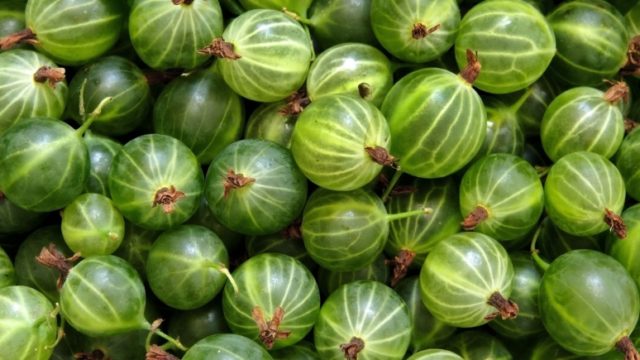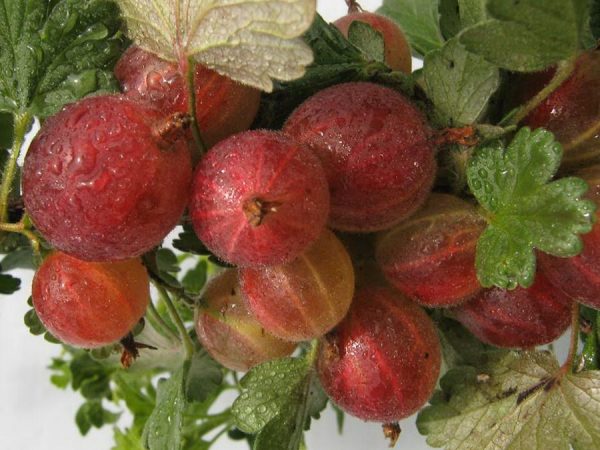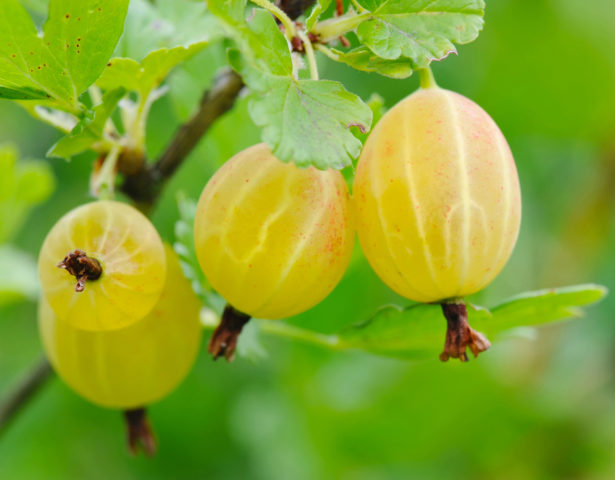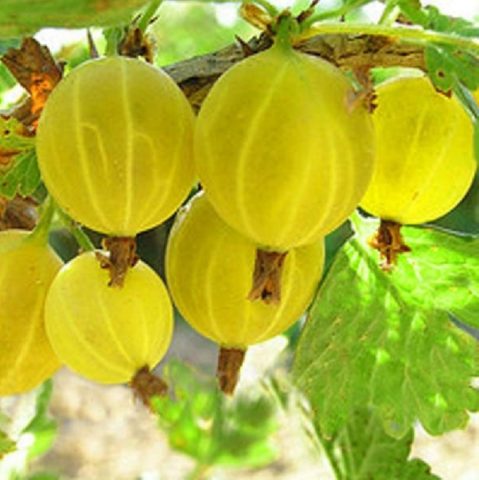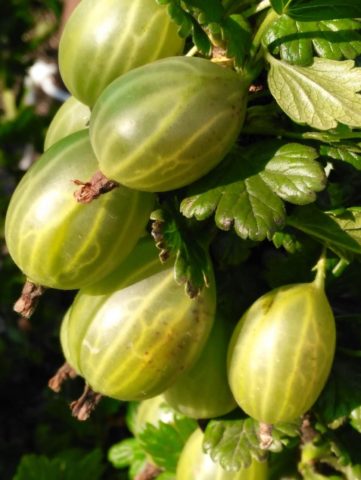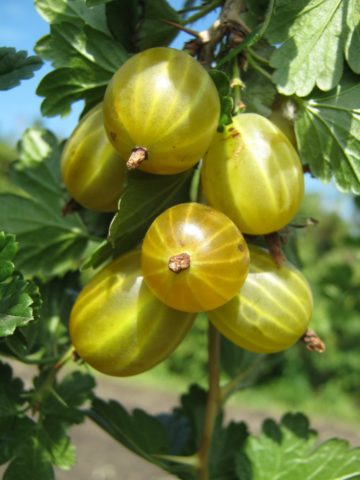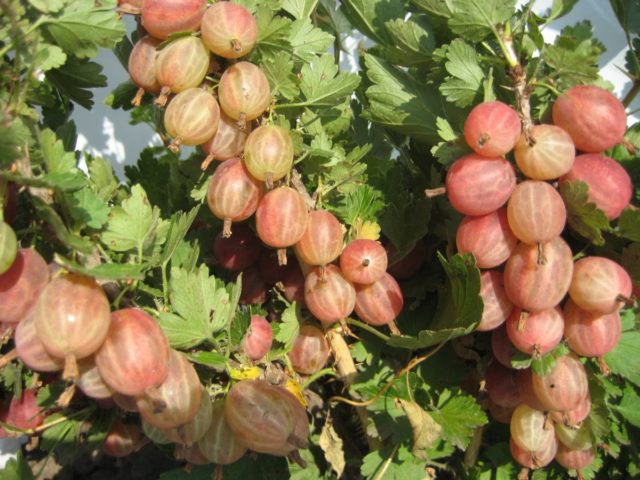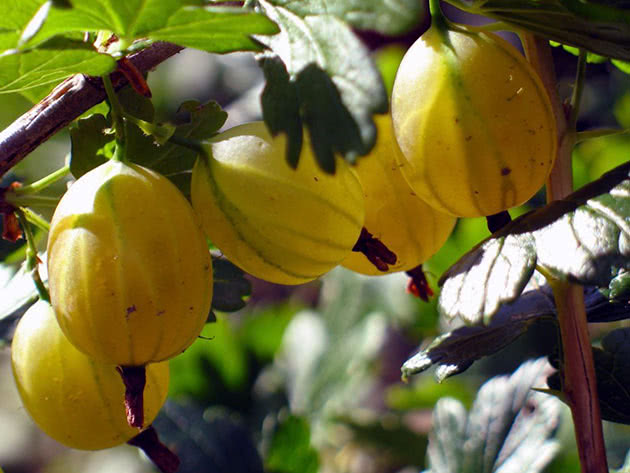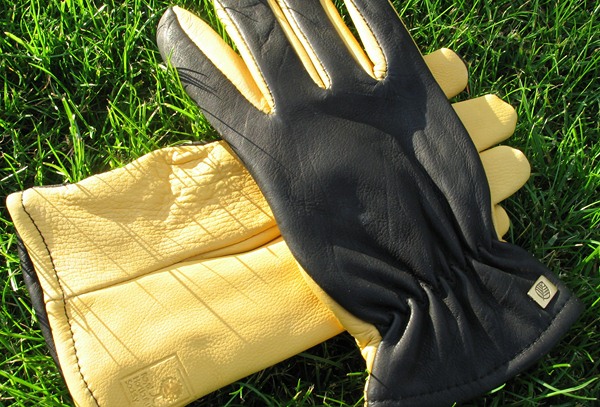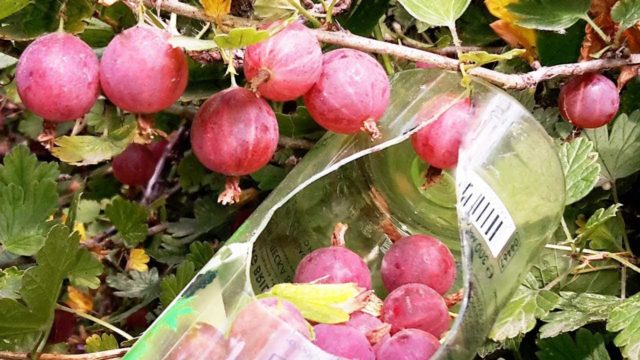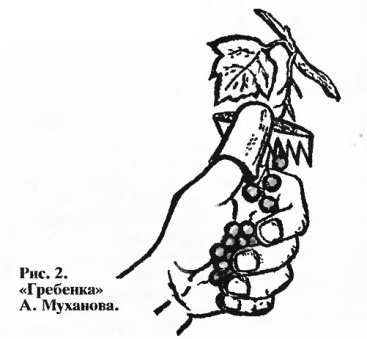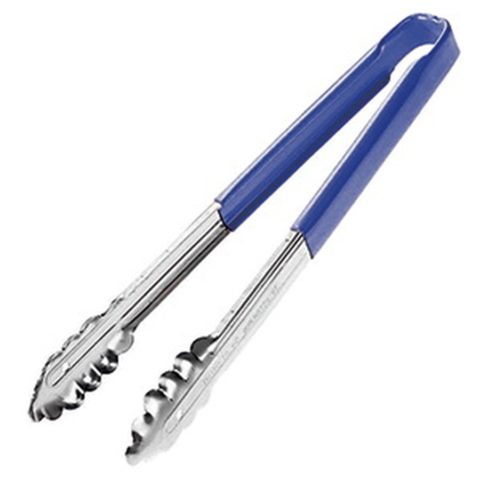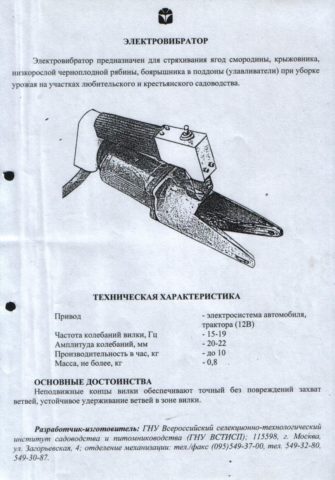Content
Gardeners begin to collect gooseberries in the middle or late summer. It all depends on the variety and weather conditions of the region. The berry at the time of collection should not be overripe, soft. The collection process is complicated by the thorns that cover the shoots over their entire surface. But experienced amateur gardeners know how easy it is to solve this problem.
When gooseberries ripen
For timely harvesting, 2 stages of fruit ripeness should be taken into account - technical and consumer.
At technical maturity, harvesting begins 2 weeks earlier than full ripening. The gooseberries at this stage are still green and firm, but they have enough sweetness to make jam or jam. It is too early to consume it fresh. Fruits at this stage have a typical size for the variety, they are suitable for transportation.
In the period of consumer maturity, gooseberries are completely ready for fresh consumption. It turns pink, amber, or purple, depending on the variety. It softens, the sugar content rises in the pulp.
Ripening terms depending on the variety
All known and popular varieties of gooseberries ripen at different times. It all depends on the region of cultivation and its varietal characteristics.
Ripening period and variety:
- "Russian yellow" - from 6 to 8 June;
- "Anniversary" - the last week of July;
- "Malachite" - from the beginning of July;
- "Invicta" - from July 15;
- "English green" harvested in early July;
- "White Nights" ripens after July 20;
- "Candy" harvested in August.
When gooseberries ripen in the regions
The peculiarities of the climatic zones of each region of Russia determine the ripening of gooseberries at different times, regardless of the variety.
In the Moscow region, culture begins to ripen from mid-July. The fruiting period lasts until mid-August. Early ripening varieties can ripen a week earlier, late ripening ones later, but their fruiting will also be longer.
For the Urals and Siberia, winter-hardy varieties are chosen that can withstand frosts up to - 20 ° C without shelter. They are distinguished by late ripening and early maturity. On average, all varieties of this culture begin to ripen in the Urals in late July or early August, bear fruit for 2 weeks.
In central Russia and in the south, almost all varieties of gooseberries can be grown, they take root well, bear fruit abundantly, starting from the end of June. The earliest varieties can be harvested in mid-June.
Is it possible to collect unripe gooseberries
Green fruits are harvested for further processing. They must reach the size characteristic of the variety, the skin must be quite tough, the berry must be completely green or slightly pink on one barrel. This collection allows you to preserve the shrub, to reduce its depletion. Unripe fruits are used to make preserves and jams.Also, gooseberries at this stage of maturity are suitable for harvesting and further transportation, they will not lose their presentation and taste.
Unripe fruits can only be stored frozen, if they are not placed in the freezer, they will start to deteriorate and will not reach full maturity at home.
When picking gooseberries for jam
For jam, berries are harvested a few days before they are fully ripe. During this period, the sugar content in the pulp is already high enough, and the peel is still strong and elastic to keep its shape during heat treatment.
The berries must be touched - they must be elastic and not squeezed, such fruits are suitable for making jam. Also, after harvesting, when biting through them, you can hear a characteristic crunch, which is not observed in overripe fruits after harvesting.
Almost all gooseberry varieties develop small dark specks on the barrels when they are fully ripe. Such berries are suitable for fresh consumption and for winemaking - they are sweet and juicy, but they are not suitable for jam - they are overripe. For the preparation of jams, the fruits are harvested until dark spots appear on their surface.
During the period of heavy rains, gooseberries are harvested earlier, since moisture softens the peel, it cracks, and the fruit after harvesting becomes unsuitable for processing. Also, harvesting should be done in dry warm weather, berries harvested in this way can be stored for several days without processing.
Gooseberry fruits are removed from the bush in stages. Small and unripe, left to ripen.
How to pick gooseberries correctly
Collecting fruits from thorny bushes is troublesome. In order not to prick or damage the gooseberry shoots, gardeners use special devices or home-made gadgets.
Collecting manually
You can protect your hands from the sharp thorns of the gooseberry with thick garden mittens for pruning roses. Hands above the wrist are covered with long sleeves. Take the shoot by the top, gently tilt it so as not to damage it, and pick off each berry separately. After collection, fragile fruits are placed in prepared containers, being careful not to crush them.
How to harvest gooseberries to avoid pricks
It is not always possible to preserve the integrity of the berry if gloves are worn on the hands. For some gardeners, this method does not seem very convenient. In this case, gardeners resort to using other means of protection.
Using a plastic bottle
It is easy to make such a device at home. A teardrop-shaped hole is cut in an ordinary plastic bottle. Its wide part should be in the center of the bottle, and its narrow one should lie closer to the bottom.
To collect the fruits, they take the bottle by the neck, put the berry in the narrow part of the hole at the level of the cutting and pull the bottle towards you. The gooseberries fall into the wider part of the cutout and remain inside the bottle. As soon as the container is full after harvesting, the crop is poured into another container of a larger size.
Using a berry harvester
In large agricultural lands, it is not advisable to harvest gooseberries by hand. For collection, use special berry harvesting machines.
Thus, the efficiency of the harvesting process is increased, the likelihood of injury to collectors by thorny thorns is excluded. The process is fully mechanized.
In small farms, special trays and combs are used, the work remains manual. The device is a capacious box with a handle, the edge of which is equipped with a comb in the form of a small rake.This comb is placed under the shoot and led upward, the berries fall between the teeth, come off and fall into the body.
Other gooseberry pickers
Hand comb in the form of a thimble. They put it on a finger and hold it along the shoot. Berry cuttings fall between the teeth and break off.
Under the bush, you must first substitute a container convenient for collection. It can be a square of slats, with a tarp not stretched tightly over them. Berries, falling on sagging tissue, will not break.
A fork or berry pick helps protect your hands from being pricked by thorns. On sale, they can be found from wood or plastic, or you can make them yourself. With these devices, they capture or fix the shoot, tilt it and collect the fruits with their free hands.
Vibrator for collecting gooseberries. It is used in conjunction with a thick cloth or tarp, which is spread under the bush. The escape is brought into the plug of the apparatus and turned on. Under the influence of a vibrator, the berries are crumbled onto the spread fabric.
Gooseberry cleaning and harvest processing
The collected fruits are poured with water and allowed to brew for 15 minutes. So foliage and all debris will rise to the surface of the water. Repeat the procedure if necessary. On berries with petioles or leaves, all excess is cut off.
Gooseberries harvested at the stage of technical maturity must be processed within 24 hours. Fruits in the stage of consumer ripeness are processed immediately, without delay. The maximum shelf life is 12 hours in a cool place.
For long-term storage, preserves, jams and compotes are prepared from gooseberries. Overripe berries are used to prepare wine and jelly. Also, the harvested crop can be frozen and enjoyed in the cold season.
Conclusion
Collecting gooseberries by hand is troublesome. But the ingenuity of modern gardeners and the agricultural industry will make this process easier, making it less traumatic. Using modern devices, you can harvest high yields in a matter of hours.
